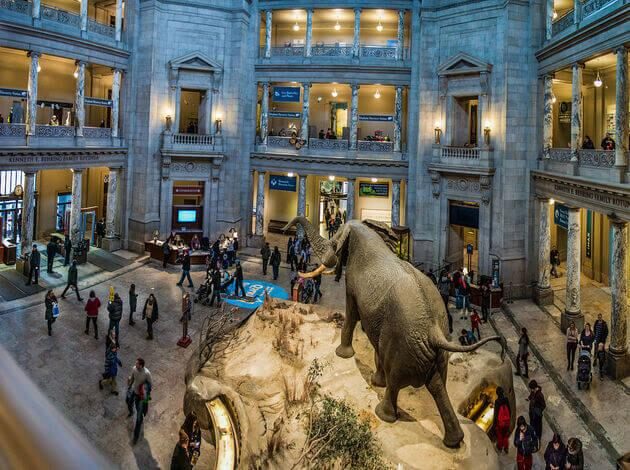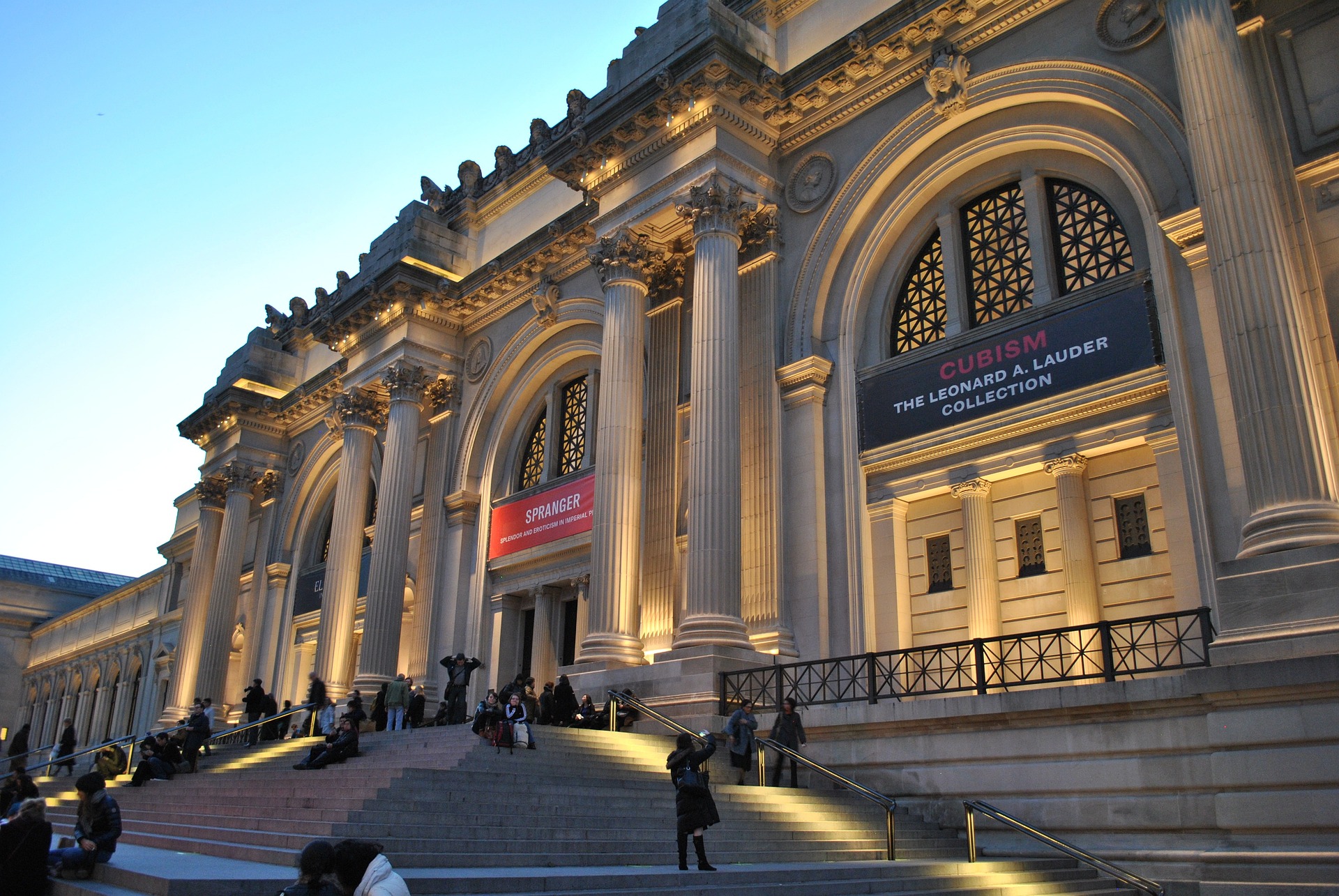The Museums of the United States: A Cultural Treasure
The Museums of the United States is home to thousands of museums, making it one of the richest countries in terms of cultural and historical preservation. With over 33,000 museums across the nation, these institutions offer visitors a unique glimpse into the nation’s past, present, and future. From art galleries to natural history museums, the U.S. has something for everyone.
A Diverse Range of Museums
The museums in the U.S. are as diverse as the country itself. Each state offers its own set of unique museums, reflecting the local history, culture, and values. For instance, New York’s Metropolitan Museum of Art is one of the largest and most influential art museums globally. It houses over two million works of art spanning 5,000 years. In contrast, the Smithsonian Institution in Washington, D.C., is a complex of 19 museums, 21 libraries, and a zoo, offering a vast array of educational experiences.
Moreover, there are museums dedicated to specific fields such as science, technology, and natural history. For example, the Smithsonian National Air and Space Museum explores the history of aviation and space exploration, while the Natural History Museum delves into the earth’s geology and biodiversity. These institutions play a crucial role in shaping public understanding of scientific achievements and environmental challenges.
Museums for All Interests
The United States boasts museums for every interest. Art lovers can explore the Museum of Modern Art (MoMA) in New York or the Getty Center in Los Angeles, both showcasing extraordinary collections of contemporary and classical art. On the other hand, history enthusiasts can visit the National Civil Rights Museum in Memphis, which chronicles the American Civil Rights Movement, or the Holocaust Memorial Museum in Washington, D.C., which is dedicated to the remembrance of the atrocities of World War II.
In addition, cultural museums around the country celebrate the rich heritage of various communities. For instance, the National Museum of the American Indian in Washington, D.C., showcases Native American culture, while the Smithsonian Latino Center highlights the history and contributions of Latino communities in the U.S.
Accessibility and Innovation
One of the most remarkable aspects of American museums is their accessibility. Many institutions are free or offer reduced entry fees, ensuring that anyone can visit and learn. For example, the Smithsonian Museums in Washington, D.C., are completely free to the public, making them a popular destination for tourists and locals alike.
Furthermore, American museums are increasingly embracing digital innovation. Many museums offer virtual tours, allowing people worldwide to experience exhibitions from their homes. For example, the Getty Museum offers virtual tours of its extensive art collection, while the National Gallery of Art allows online visitors to explore exhibits and access educational resources. This shift towards digital platforms ensures that museum experiences are not limited by geographical boundaries.

Educational Value: Museums of the United States
Museums in the U.S. play an essential role in education. Many museums partner with schools to provide educational programs, from interactive workshops to field trips. These programs are designed to engage students in hands-on learning, sparking curiosity and critical thinking. For example, the California Science Center in Los Angeles offers students the chance to interact with exhibits on physics, biology, and space science.
Moreover, many museums host temporary exhibits, bringing in new topics and ideas regularly. This keeps the museum experience fresh and exciting, drawing repeat visitors who want to learn something new each time. These exhibits often feature cutting-edge research or cultural artifacts that are not widely available, making them an invaluable resource for education and research.
Preserving History of Museums of the United States
At the core of American museums is the mission to preserve the nation’s history. The National Museum of American History is dedicated to collecting, preserving, and interpreting the country’s heritage, featuring iconic items such as the First Ladies’ Inaugural Gowns and the Star-Spangled Banner. Similarly, the National Archives holds crucial documents such as the U.S. Constitution, giving visitors a direct connection to the nation’s foundational principles.
In addition, many museums focus on preserving the cultural heritage of various communities. The African American Museum in Washington, D.C., honors the struggle for equality and African American resilience. The Japanese American National Museum in Los Angeles highlights the history of Japanese Americans and their challenges during World War II.

The Future of Museums
Looking ahead, museums in the United States will continue to evolve. With technological advancements, they will further enhance visitor experiences through interactive exhibits, augmented reality, and more immersive displays. Additionally, museums will continue to focus on diversity and inclusion, ensuring they represent all voices and histories.
As museums continue to grow, they will remain an essential part of American life. They not only offer educational experiences but also serve as symbols of the nation’s rich and diverse history. Museums across the U.S. preserve the past, shape the present, and inspire the future.
Conclusion
The museums of the United States are more than places to visit. They are treasures of knowledge, culture, and history. From small local collections to world-renowned institutions, they offer valuable insights into the nation’s heritage and the world around us. As they continue to innovate and grow, they will remain a cornerstone of American education, culture, and identity.












One thought on “Museums of the United States”